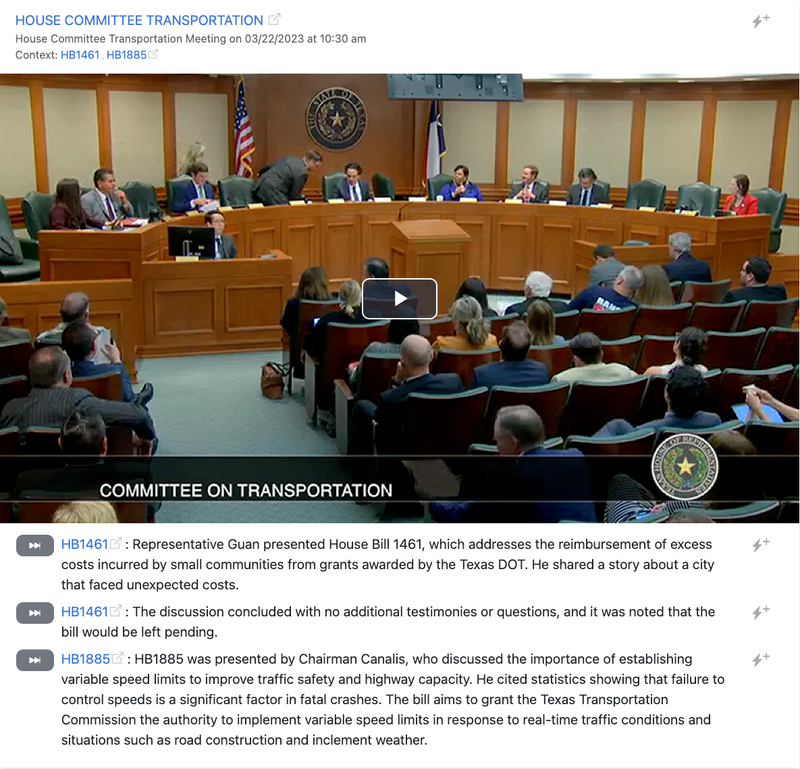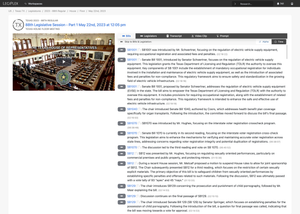In today’s tech-driven landscape, you can’t scroll a news feed without encountering the buzz around AI. For many businesses and brands, “AI integration” has so far meant little more than tacking on another chat interface or adding a so-called “AI feature” to an existing product. While chatbots and text-based automation are certainly useful, we’re only scratching the surface of what artificial intelligence can do. AI is far more powerful than a mere dialogue box—especially when you consider advanced capabilities like image and video analysis, multi-modal data processing, and real-time insight generation.
The AI Hype vs. Reality
The current AI hype cycle has largely focused on language-based models that can generate natural-sounding responses, mimic conversation styles, and assist with text-heavy tasks. While generative AI is truly remarkable, the reality is that AI has already evolved well beyond words on a screen. We’re at a point where machine learning algorithms can process—and interpret—seemingly endless amounts of visual, audio, and textual data in real time.
This broader application of AI is especially important for business sectors (think healthcare, finance, and law) that have to handle huge datasets. For example, a legislator doesn’t just want a chatbot that can answer FAQs; they need a system to instantly parse thousands of hours of legislative hearings, identify specific moments when certain bills are mentioned, and track the reasoning or arguments provided by legislators. That’s where more sophisticated AI-driven platforms, like LegiPlex’s AI, come into play.
Moving Beyond Chatbots: AI Video Analysis in Action
Imagine you have a video stream from a legislative session that lasts five or six hours—a pretty standard length for a day of government discussions. Now, consider how much detail is packed into that single recording:
- Multiple speakers, each with a unique agenda.
- Various bills, some with similar names or overlapping subject matter.
- Heated debates, key votes, and side discussions.
A conventional approach might rely on a human reviewer to manually watch the entire session, make timestamps whenever a topic arises, and jot down relevant details. This is slow, expensive, and extremely prone to human error. By contrast, AI-driven video analysis can automatically generate time-stamped transcripts, identify the start and end of each legislator’s speech, and even find moments when certain legislation or specific phrases are mentioned.
LegiPlex’s AI Example
LegiPlex’s AI system does more than just convert speech to text; it uses advanced natural language processing to understand context and correlations, enabling it to:
- Identify Bills in Real Time
When a legislator references House Bill 1234 or Senate Bill 5678, the system flags that moment in the transcript and creates a timestamp. You can go straight to that exact frame in the video to hear the discussion, saving hours of combing through footage. - Track Legislator Contributions
The platform can segment the video by speaker, recognizing each legislator’s voice or face. That way, you can quickly see how many times a specific individual spoke, what topics they addressed, and how these points connect across multiple sessions. - Analyze Sentiments or Stances
Beyond merely identifying key moments, AI can gauge the sentiment around a bill—whether legislators are generally supportive, opposed, or neutral—providing you with context that goes beyond raw data. - Cross-Reference Other Data Sources
The integrated system can cross-reference external documents like amendments, reports, or prior legislation discussions, creating a comprehensive evidence trail for each policy decision.
The result? Whether you need to demonstrate legislative impact to stakeholders, prepare a concise briefing, or compile evidence for a legal case, the AI-driven platform centralizes and simplifies the entire process.
Applications Beyond Legislature
Video analysis isn’t limited to legislative sessions. The same technology can be adapted to countless scenarios:
- Market Research & Feedback
AI systems can review hours of product-demo footage and identify the exact times consumers mention a specific pain point or feature request. - Sports Analytics
Platforms can automatically highlight every time a key player interacts with the ball, or pinpoint where a specific defensive error occurs. - Security & Compliance
Automated systems can scan CCTV feeds in real time, identifying suspicious behavior or ensuring people in restricted zones have proper clearance.
In each case, the AI’s ability to sift through overwhelming volumes of raw data—video or otherwise—and extract meaningful insights is what truly sets it apart from a simple chatbot interface.
Embracing the Full Depth of AI
The surge in popularity for AI-generated text may have overshadowed many of AI’s less splashy—but equally transformative—use cases. Still, it’s critical to understand that the technology’s transformative power lies in its versatility. AI can see, hear, and correlate information across different mediums, making it a genuine force multiplier in both day-to-day workflows and large-scale data processing.
For businesses and organizations seeking to harness AI effectively, the key is focusing on broader applications. Instead of asking how to add “another prompt” for your chatbot, you should ask: What specific tasks, currently done by humans, are prone to error, time-consuming, or inefficient—and how can AI automate them?
With robust video analysis, sentiment detection, and cross-platform integrations, AI isn’t just poised to revolutionize how we handle data—it’s already doing so in ways that are more than just another chat bubble. By moving past the basics and exploring sophisticated approaches, organizations can realize the full depth of what AI has to offer.
In short: The next time you think about integrating AI, look beyond the conversation interface. Consider the specialized, nuanced tasks your team performs every day, and imagine an AI system that can handle them reliably, automatically, and in real time. That’s the real power of artificial intelligence—and we’ve barely begun to tap into it.


